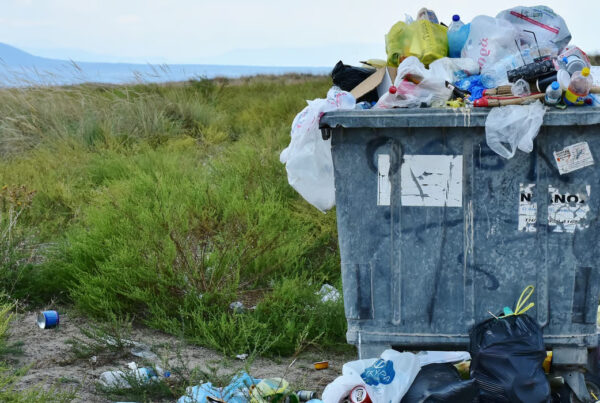Climate change, once a distant concept, has now become an urgent global concern. While natural processes have played a role in shaping the Earth’s climate over millennia, the current pace and scale of climate change are largely attributed to human activities. From industrialization to deforestation, the impact of our actions on the environment is undeniable. Understanding the anthropogenic contribution to climate change is a crucial step toward developing effective strategies for mitigation and sustainable coexistence with our planet.
Unveiling the Anthropogenic Footprint
Human activities release vast amounts of greenhouse gases into the atmosphere, creating a blanket that traps heat and leads to global warming. The primary culprit among these gases is carbon dioxide (CO2), which is released through the burning of fossil fuels for energy, deforestation, and industrial processes. Other gases, such as methane and nitrous oxide, also contribute to the greenhouse effect.
The Fossil Fuel Dilemma
The burning of fossil fuels—coal, oil, and natural gas—powers our modern civilization but comes at a high environmental cost. Industries, transportation, and electricity generation release copious amounts of CO2, driving up atmospheric concentrations. This dramatic increase in CO2 levels is unprecedented in Earth’s history and is the driving force behind the current climate crisis.
Deforestation and Land Use Change
The clearing of forests for agriculture, logging, and urban expansion not only reduces the planet’s capacity to absorb CO2 but also releases stored carbon into the atmosphere. Forests act as “carbon sinks,” playing a vital role in regulating the global carbon cycle. Their destruction disrupts this balance, further contributing to climate change.
Agricultural Practices and Emissions
Modern agricultural practices, including livestock production and the use of synthetic fertilizers, release significant amounts of methane and nitrous oxide. Methane, a potent greenhouse gas, is released during enteric fermentation in cattle and rice cultivation, while nitrous oxide is emitted from soil management and fertilizer application.
The Impact on Climate Extremes
Human-induced climate change isn’t just about gradual temperature rise; it also leads to an increase in climate extremes. Heatwaves, hurricanes, droughts, and heavy rainfall events become more frequent and intense due to the altered climate patterns caused by human activities.
Addressing the Anthropogenic Impact
Addressing the role of human activities in climate change requires global cooperation, concerted efforts, and changes across various sectors:
1. Transitioning to Clean Energy:
Shifting from fossil fuels to renewable energy sources like solar, wind, and hydropower can significantly reduce CO2 emissions and mitigate the anthropogenic impact.
2. Reforestation and Sustainable Land Use:
Protecting and restoring forests, as well as adopting sustainable land use practices, can help absorb CO2 and preserve biodiversity.
3. Sustainable Agriculture:
Implementing regenerative agricultural practices that reduce methane emissions, improve soil health, and limit chemical use is crucial for mitigating the impact of agriculture on climate change.
4. Technological Innovation:
Developing and deploying technologies that capture and store carbon, enhance energy efficiency, and reduce emissions are essential components of climate change mitigation.
5. Policy and Education:
Governments, businesses, and individuals need to prioritize climate-friendly policies, reduce consumption, and educate themselves about sustainable practices.
Conclusion
While natural factors undoubtedly influence Earth’s climate, the overwhelming evidence points to human activities as the driving force behind the rapid and unprecedented changes we are witnessing. Acknowledging our anthropogenic impact on the climate is the first step in taking responsibility for the environmental challenges we face. By making conscious choices, adopting sustainable practices, and advocating for systemic change, we can work together to mitigate the consequences of our actions and pave the way for a more sustainable future.



